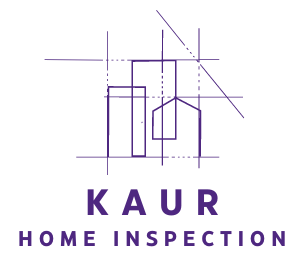Purchasing a home is a significant investment, and a crucial step in this process is the home inspection. This assessment provides a detailed evaluation of the property’s condition, helping buyers make informed decisions. However, interpreting the findings can be daunting. This guide aims to demystify home inspection reports, ensuring you navigate them with confidence.
What Is a Home Inspection?
A home inspection is a non-invasive, visual examination of a property’s physical structure and systems. Conducted by a certified professional, it identifies existing or potential issues, offering insights into necessary repairs and maintenance.
Key Components of a Home Inspection Report
Understanding the structure of the report can aid in better comprehension. Typically, it includes:
- Introduction: Overview of the property and inspection scope.
- Summary: Highlights of major findings, especially those requiring immediate attention.
- Detailed Findings: In-depth analysis of each area inspected, often accompanied by photographs.
- Recommendations: Suggested repairs, replacements, or further evaluations.
Common Areas Assessed
Inspectors evaluate various components, including:
- Structural Elements: Foundation, walls, and roof integrity.
- Exterior Features: Siding, porches, balconies, and garages.
- Roofing: Materials, drainage systems, and potential leaks.
- Plumbing: Pipes, fixtures, water heaters, and drainage.
- Electrical Systems: Wiring, outlets, panels, and safety concerns.
- Heating and Cooling Systems (HVAC): Functionality and condition of heating and cooling units.
- Interior Features: Walls, ceilings, floors, windows, and doors.
- Insulation and Ventilation: Attic and crawl space conditions.
- Fireplaces and Chimneys: Structural soundness and safety.
Interpreting the Findings
It’s essential to approach the report methodically:
- Focus on Major Issues: Prioritize safety hazards, structural defects, and costly repairs.
- Understand Minor Issues: Many findings are typical wear and tear; not all require immediate action.
- Seek Clarification: If uncertain about any detail, consult your inspector for explanations.
Post-Inspection Steps
After reviewing the report:
- Discuss with Your Real Estate Agent: Determine which issues are negotiable with the seller.
- Obtain Repair Estimates: For significant concerns, get professional quotes to understand potential costs.
- Make Informed Decisions: Decide whether to request repairs, renegotiate the price, or, in severe cases, reconsider the purchase.
The Value of Attending the Inspection
Being present during the inspection offers firsthand insight into the property’s condition and allows you to ask questions directly, enhancing your understanding of the report.
Conclusion
A home inspection report is a vital tool in the home-buying process. By comprehending its contents and implications, you can make informed decisions, ensuring your investment is sound and aligns with your expectations.
For professional home inspection services, visit Kaur Home Inspection. Our certified inspectors are dedicated to providing thorough evaluations, helping you step into your new home with confidence.
